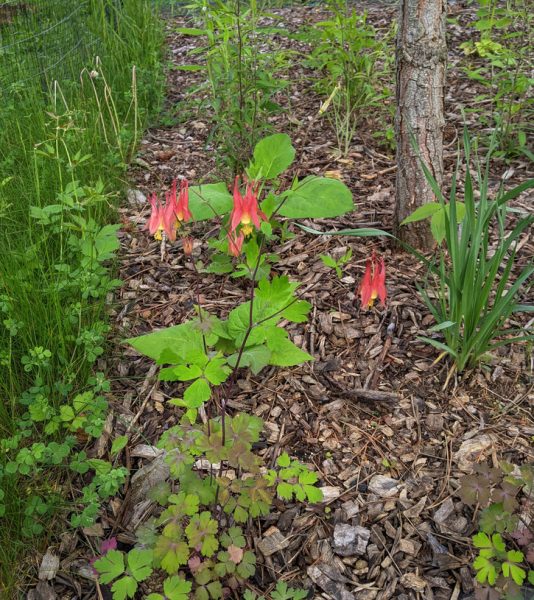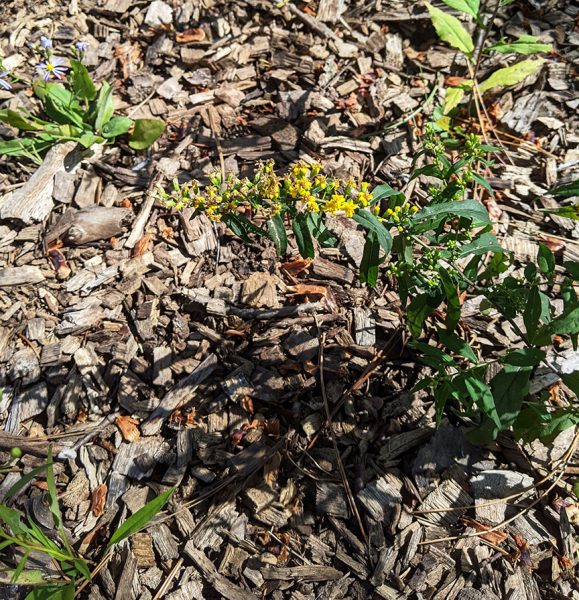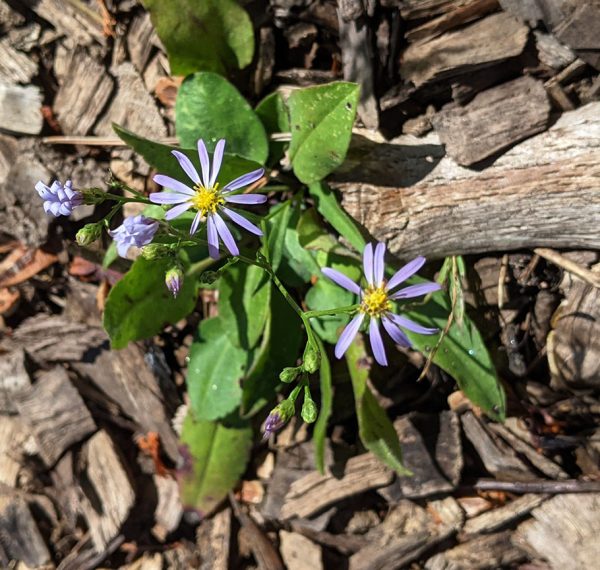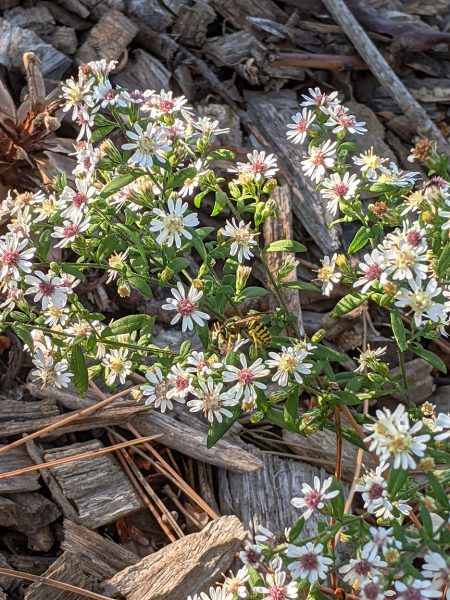By Jacob Kuiper
Staff Writer
Summer is right around the corner and it’s time to get your garden on! But before you go shoving any old bulb into the ground, take a second to consider some nontraditional alternatives to the typical garden flower: native plants.
Native plants are plants that have naturally grown in a particular region or environment for thousands of years and adapted to the local climate and soil conditions. Native plants play crucial roles in ecosystems, and many wildlife species depend on them for food and habitat.
Here are some benefits of incorporating native plants into your garden or outdoor space:
- Better adapted to local conditions: Native plants are better adapted to the local climate, soil conditions, and pest and disease pressures. This means they are more likely to thrive and require less maintenance than non-native plants.
- More supportive of local biodiversity: Native plants provide food and shelter for native birds, butterflies, and other wildlife, helping to support the local ecosystem.
- Lower maintenance: Native plants are often tough and resilient, requiring less care and watering than non-native plants. This can save time and money on maintenance.
- Enhanced aesthetic value: Native plants can be just as beautiful as non-native plants, and their unique features and growth habits add interest and character to the garden.
- Lower environmental impact: By choosing native plants, you can minimize the environmental impact of your garden, as they are less likely to spread invasive species and disrupt natural habitats.
Consider incorporating native plants into your garden or outdoor space to support local biodiversity, reduce your maintenance needs, and enhance the overall aesthetics of your outdoor space.
Want to know where to start? Here are some common flowers native to Michigan:

Wild red columbine. Jacob Kuiper | Washtenaw Voice
Wild Red Columbine
This stunning flower boasts beautiful, drooping, bell-shaped blooms equipped with distinctive tubes that face backwards. These tubes, or spurs, hold a sweet nectar that appeals to long-tongued insects and hummingbirds specifically built to access the sugary treat.
Size: Up to three feet
Bloom Time: February-July
Water Use: Low-Medium
Light Requirement: Part Shade-Shade
Soil Condition: Sandy, well-drained soils
Attracts: Birds, butterflies, hummingbirds

Bluestem goldenrod. Jacob Kuiper | Washtenaw Voice
Bluestem Goldenrod
The arches of the purple-tinged stems support clusters of tiny, yellow flower heads that appear in the leaf axils, with a large finale of blooms at the top.
Size: Up to three feet
Bloom Time: August-October
Water Use: Medium
Light Requirement: Sun-Part Shade
Soil Condition: Versatile
Attracts: Birds, butterflies

Sky blue aster. Jacob Kuiper | Washtenaw Voice
Skyblue Aster
The long stalks support a stunning array of deep blue to lavender petals surrounding a vibrant yellow center.
Size: Up to five feet
Bloom Time: September-November
Water Use: Low
Light Requirement: Sun-Shade
Soil Condition: Mesic to dry, average soils
Attracts: Butterflies

Big leaf aster. Jacob Kuiper | Washtenaw Voice
Bigleaf Aster
This flower boasts oversized, heart-shaped leaves that occupy the base and cover the soil. The white or violet flowers of this native plant bloom in open clusters, creating a breathtaking scene across the garden.
Size: Up to three feet
Bloom Time: July-October
Water Use: Medium
Light Requirement: Sun-Shade
Soil Condition: Versatile
Attracts: Butterflies


